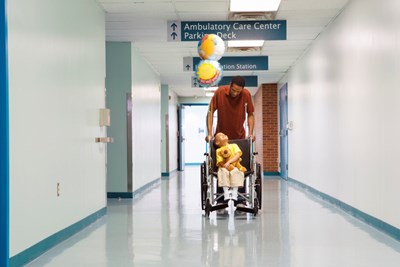You will never be turned away from an emergency department, even if you can’t pay.
If you arrive by ambulance, you will be brought directly into the emergency department to be treated. If you arrive on your own, you will enter the waiting room, where a clerk or other personnel will begin the process of checking you in, collecting your name, address, and medical history. A triage nurse may check your vital signs, including temperature, heart rate, and blood pressure, and will determine how serious your condition is based on these, your symptoms, and medical history.
Arrivals
You will never be turned away from an emergency department, even if you can’t pay.
If you arrive by ambulance, you will be brought directly into the emergency department to be treated. If you arrive on your own, you will enter the waiting room, where a clerk or other personnel will begin the process of checking you in, collecting your name, address, and medical history. A triage nurse may check your vital signs, including temperature, heart rate, and blood pressure, and will determine how serious your condition is based on these, your symptoms, and medical history.
Examination and Treatment
You will then be placed in an examination area, where an emergency physician will examine you and possibly order tests such as x-rays, blood work, or EKG. Your vital signs will be monitored, and nurses and other medical staff will provide additional care.
If you are not seriously ill, treatment such as intravenous fluids or medications can be provided in the ED. An emergency physician will discuss your diagnosis and future treatment plan with you before you are discharged. You may receive written instructions regarding medications, specialists to visit, restrictions or symptoms that may require a return ED visit
Admission
If you are very ill and require significant additional care and/or surgery, you may be admitted to the hospital.
 American College of Emergency Physicians
American College of Emergency Physicians







